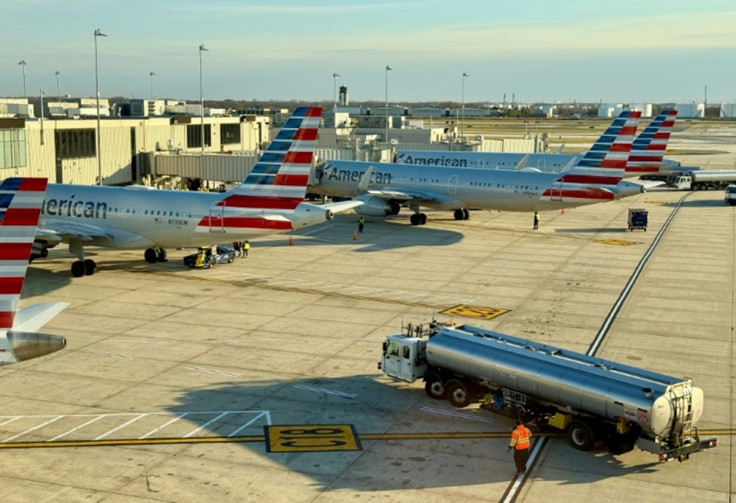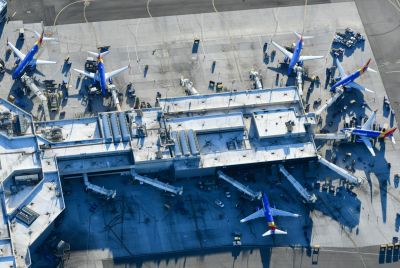American Airlines May Have Canceled Your Upcoming Flight: Here's Who's Affected and What You Should Do ASAP
Travellers warned as American Airlines cuts more flights; what it means for smaller airports and how to stay prepared

In a move that signals wider turbulence for regional travel in the United States, American Airlines has confirmed the cancellation of its Dallas/Fort Worth to Eugene, Oregon route, a decision that may be the first of several cuts to come.
The route, which began in 2021, officially ended on 5 August 2025. Initially a year-round service, it was scaled back to a seasonal schedule earlier this year, often a warning sign that demand has dropped below sustainable levels.
Although Eugene still retains service through Phoenix, the end of the Dallas link has reduced its direct access to major regions across the South and Midwest. A spokesperson for American Airlines said the cancellation followed a routine network evaluation. The airline cited shifting demand and apologised for the inconvenience caused to affected passengers.
Why This Affects More Than Just Oregon
While it may appear to impact only a small group of passengers, industry trends show that such route cuts often signal wider network reductions. Airlines regularly eliminate routes that connect smaller or mid-sized cities to major hubs when those flights show declining passenger numbers.
The removal of even one such route can lead to fewer available options, longer travel times, and increased fares. In periods of delay or disruption, reduced connectivity can also make it harder for airlines to accommodate passengers on alternative flights.
With winter schedules currently being finalised, the timing of this cancellation indicates more cuts may be ahead, particularly for smaller regional airports across the United States. Recent adjustments by several carriers reflect broader cost-control efforts including aircraft reassignments and seasonal service changes.
What's Driving These Cancellations?
Route cancellations are not arbitrary. Airlines assess profitability across their networks continuously, with factors like fuel costs, staffing expenses, and aircraft utilisation playing key roles.
Eugene, for instance, has not experienced the same rebound in business travel as larger destinations. Post-pandemic trends show that while leisure travel remains strong, it is mostly concentrated around Florida, Hawaii, and major international cities.
This leaves towns such as Eugene, often reliant on university or corporate travel, more vulnerable to cuts. If load factors fall short, airlines are more likely to redeploy resources to routes with higher demand.
What You Should Do Immediately
Travellers across the US, not just in Oregon, are being advised to check their upcoming itineraries. If your flight was booked months ago, it may have been changed or cancelled without notice.
Review your winter bookings carefully. Check your travel plans for any updates, particularly if you're flying in or out of smaller airports. Rebooked connections are sometimes longer or less convenient.
Avoid tight connections where possible. With reduced frequencies on some routes, delays are harder to recover from. Try to leave more time between connecting flights to avoid being stranded.
If able, consider flexible ticket options or insurance. Tickets that allow changes without fees are useful if further adjustments arise. Travel insurance may also cover hotel or rebooking costs in case of cancellations.
If needed, those affected may also look at alternate airports. In Oregon, travellers may need to consider flights out of Portland or Medford. A short drive might offer more reliable service and better direct options.
Looking Ahead to More Changes
American Airlines has not announced further route cuts yet. However, the current environment suggests that this may not be the last change made before the end of the year.
As airlines balance high operating costs with fluctuating demand, passengers flying to or from regional hubs should expect continued adjustments. Fewer daily flights leave less room for error when delays or weather issues occur.
For Eugene-based travellers, Phoenix is now the primary connecting airport. For everyone else, the key takeaways are clear: double-check your itinerary, plan for flexibility, and take action early to avoid complications later.
© Copyright IBTimes 2025. All rights reserved.





















